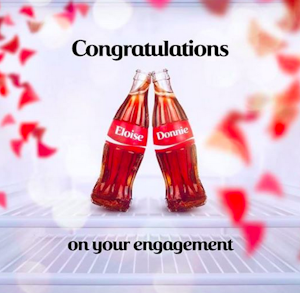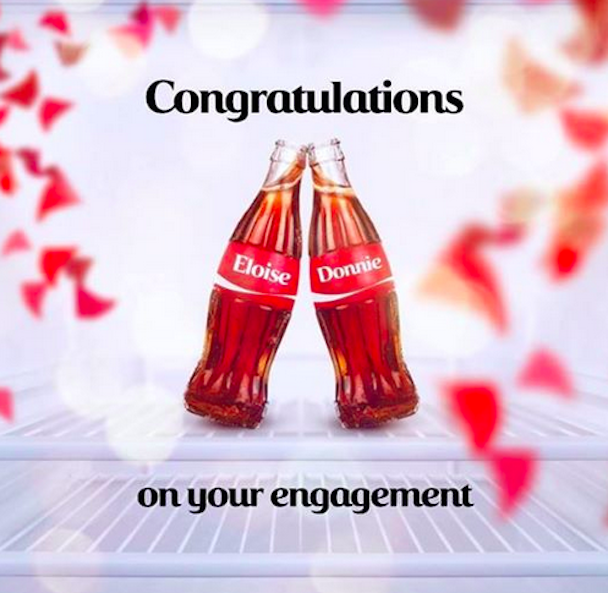The rise of social signalling and what it means for marketers
According to Bloomberg original sharing of personal stories on Facebook – rather than posts about public information like news articles – has dropped 21 per cent year-on-year in 2015 prompting the social media giant to, reportedly, start working on ways to combat the worrying decline.


Facebook’s response so far has been to create yet another means by which we can post – a live video tool, however, as mobile analyst Benedict Evans notes, “Facebook has always excelled at surfing user behaviour. Less so at directing it.”
A victim of its own success with 1.6 billion users globally, Facebook has become the default social network across every demographic. Its mission “to connect the world” inevitably means it wants each of us to grow our personal networks as much as possible. However, as anyone who has made a speech at a wedding will testify to, this is a problem when it comes to deciding which stories are relevant to tell.
Talking to everyone you know about yourself at once isn’t natural; so we start to signal what matters to us instead. Rather than criticising the prime minister over his tax affairs, we share a link to a petition instead. It enables us to signal our political views to those who agree, but avoids direct confrontation with those who don’t. In this respect, it’s not surprising to see sharing of links and public content replacing personal updates. Collapsing multiple audiences into single contexts requires people to devise techniques to navigate this.
In her book on the social lives of networked teens, ‘It’s Complicated’, Danah Boyd tells the story of a teenage girl from Boston who “wasn’t in the happiest state”. She wanted to let her friends know how she was feeling but didn’t want her mother to be concerned. So she posted a lyric from ‘Always look on the bright side of life’ because she knew her immigrant Argentinian mother would not understand the British cultural reference, but her friends (who had recently watched the movie with her) would.
Her mother immediately commented on Facebook that it was great to see her happy. Meanwhile, her friends picked up the phone and texted her to see if she was okay.
While techniques to circumvent context collapse can be platform specific – such as speaking to an imagined audience on Twitter – it can also be reflected in the type of communication we use too.
A PhD student at the University of Minnesota recently discovered how much misunderstanding the use of emoji can create: “One finding that really surprised us is that a good deal of the potential for miscommunication may come from different interpretations of the exact same emoji rendering.”
Given communication requires shared meaning, this could be perceived as a defect of the medium, however, this lack of clarity is actually one of the driving forces behind its widespread adoption.
Rather than focusing on communication through the prism of messaging, brands should also consider how to help people signal something about themselves. Sharing a good cause a brand supports helps an individual demonstrate they’re a good person in the process, for instance. The brand doesn’t need to be explicit in what it’s helping the person signal either.
The Share-a-Coke campaign saw people uploading photos of bottles with their own and their partner’s names on them, publicly signalling their relationship status. Others sent friends with more obscure names a photo of a bottle they’d seen, demonstrating they were thinking of them.
There has been a significant shift in the way people share stories and information on social media and brands that aim for involvement in their campaigns need to consider how they respond to this.
The most successful will do by enabling people to create signals that continue to tell their personal stories, even if they’re no longer sharing them explicitly.
Gareth Price is head of research at The Social Partners. You can follow him on Twitter at @G_Price.

